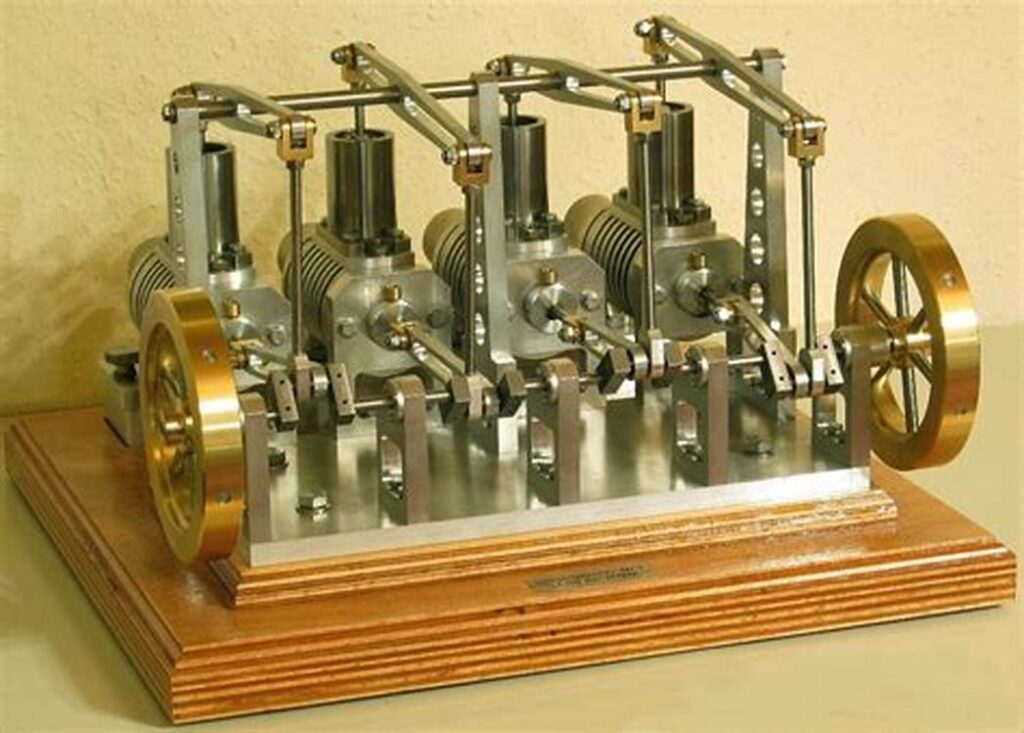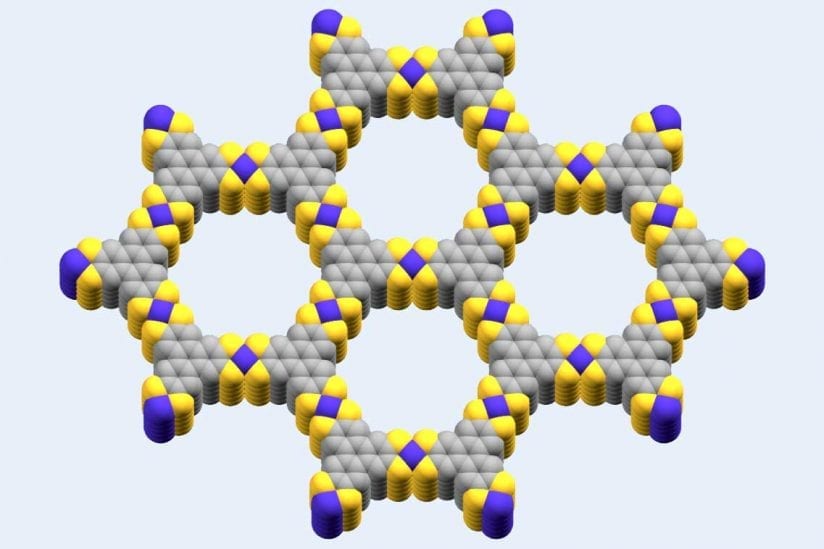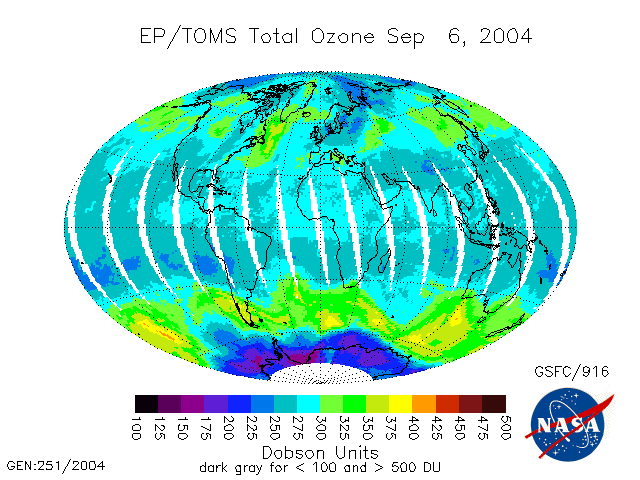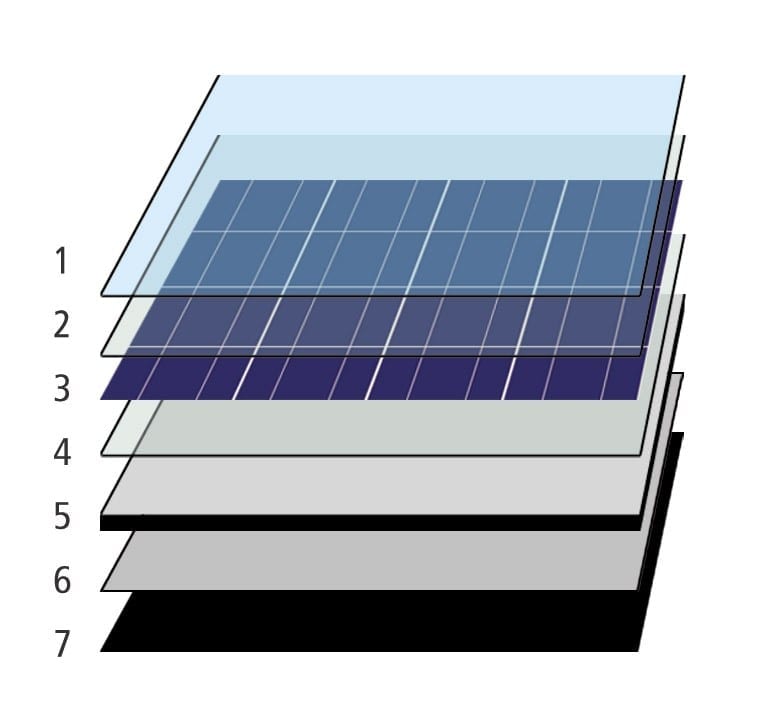
Stirling engines might be the best way to harvest the power provided by the sun
Nearly 200 years after their invention, and decades after first being proposed as a method of harnessing solar energy, 60 sun-powered Stirling engines are about to begin generating electricity outside Phoenix, Ariz., for the first time. Such engines, which harness heat to expand a gas and drive pistons, are not used widely today other than in pacemakers and long-distance robotic spacecraft.
The 1.5 megawatt (MW) demonstration site, known as Maricopa Solar, is set to begin operations early January 2010, with units provided by the Arizona-based Stirling Energy Systems (SES). While 1.5 MW is only a fraction of the power that may be generated at sites SES has contracted to develop in California and Texas, spokesperson Janette Coates says this is a necessary first step in the technology’s commercialization. “It’s important for our industry to see—and our partners and investors—that we can take a small-scale plant and get it operational before we break ground on larger ones,” she says.
That’s because Stirling heat engines have a reputation for being a bit impractical. First invented by Robert Stirling in 1816, the engines use a heat source to warm gas, which expands and is pushed into another chamber. When the gas cools and contracts, it flows back. The expansion and contraction pushes a piston, which in turn produces electricity.
In 1996, SES bought solar Stirling design and engineering patents from companies such as McDonnell-Douglas and Boeing. SES then partnered with Sandia National Laboratories, and over the next decade tweaked and refined the technology. In the SES SunCatcher, a circle of curved mirrors, resembling an upturned satellite dish, tracks the sun on two axes and reflects the sun’s heat onto a single focus point, the power conversion unit (PCU). The PCU contains four cylinders, in which hydrogen gas expands and contracts to move pistons.
Stirling engines are significantly more efficient at converting sunlight into energy than most photovoltaic panels or concentrating solar power plants, whether parabolic trough or tower designs. The test units have reached 31 percent efficiency, compared to 16 percent for parabolic troughs and about 14-18 percent for PV panels in use today (though newer designs not yet on the market range from 24 to as high as 41 percent). The high efficiency numbers alone, however, have not made Stirling an easy sell. The systems have been criticized as being too expensive, unreliable and requiring extensive maintenance thanks to many moving parts. Also, ground has not yet been broken on either California site for which SES signed purchase power agreements in 2005, adding to skepticism that these systems will ever become commercially viable.
The Latest on: Stirling engines
[google_news title=”” keyword=”Stirling engines” num_posts=”10″ blurb_length=”0″ show_thumb=”left”]
via Google News
The Latest on: Stirling engines
- Firefighters battle blaze overnight for 12 hours at derelict mansionon April 25, 2024 at 8:01 am
Firefighters have battled a ‘deliberate’ blaze for 12 hours which broke out at a mansion in Dunblane. Emergency services were alerted to the fire at a large derelict building near Ochiltree around ...
- The most innovative travel companies are focused on this one thingon April 19, 2024 at 4:01 am
The companies making the biggest impact in travel and hospitality this year are easing longstanding travel pain-points by creating technology—chatbots, search engines, and booking tools—that provides ...
- BOOSTHEAT REVOLUTIONIZES COGENERATION WITH ITS NEW HYBRID COMPRESSORon April 18, 2024 at 11:04 pm
BOOSTHEAT (FR001400IAM7 / ALBOO), a French industrial and software player in the field of energy efficiency, announces promising results from the latest tests on its new hybrid compressor, marking a ...
- Stirling Councilon April 18, 2024 at 9:33 am
Christie Clock was found to be unstable when it was inspected by engineers. Wolfcraig Distillers will look for alternative locations after failing to secure planning permission. The Thomas Graham ...
- Major new film and TV studio campus to be built in Stirlingon April 17, 2024 at 5:50 am
A major new film and television studio campus is to be created in Stirling. Stirling Studios will become one of the biggest media hubs in Scotland and is expected to pave the way for thousands of ...
- Stirling set to welcome ambitious new plans for film and TV studio at Forthsideon April 16, 2024 at 4:03 pm
Stirling is set to become the heart of Scotland’s film and TV industry with the creation of one of the biggest studios in the country. Based on the former MoD site at Forthside, new Stirling ...
- UK Government Backs New Scottish Film & TV Studioon April 16, 2024 at 9:01 am
Stirling Studios will generate more than 4,000 jobs across several industries in 25 years, according to an independent economic impact assessment. The founders are calling Stirling “among the ...
- New firm to run direct trains from London to Carmarthen and Stirlingon April 15, 2024 at 12:00 am
A new train firm is set to launch services from London to Carmarthen and Stirling, taking on traditional rail companies that have been hit by strikes.
- What Is The Toyan V8 Engine Used For & How Much Horsepower Does It Have?on April 14, 2024 at 10:15 am
Toyan's model V8 engine kits are a great way to learn about how engines work. What better way to learn than building one by hand? But what can they be used for?
via Bing News











